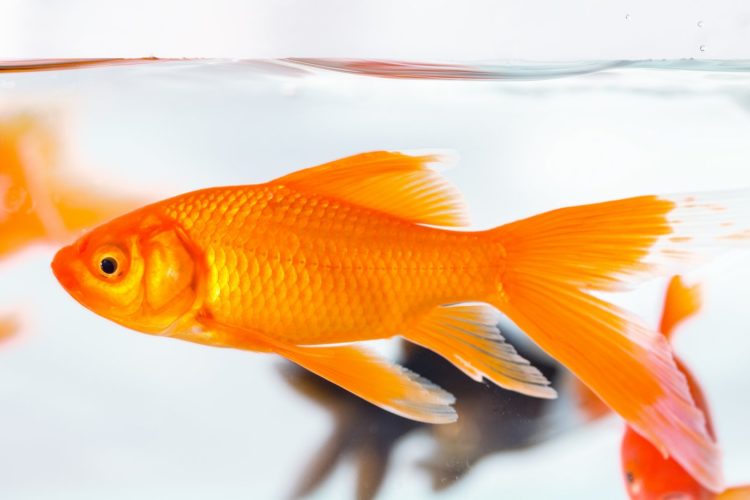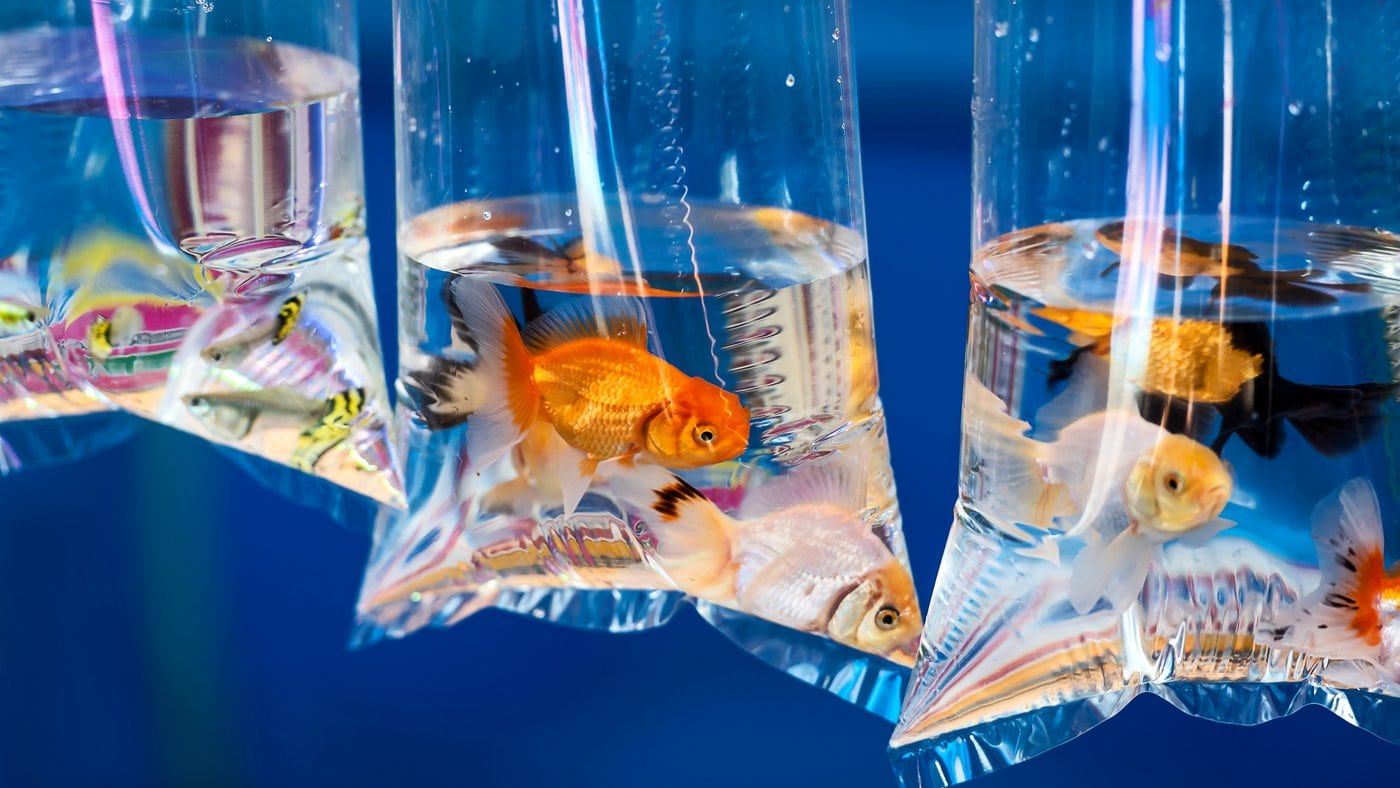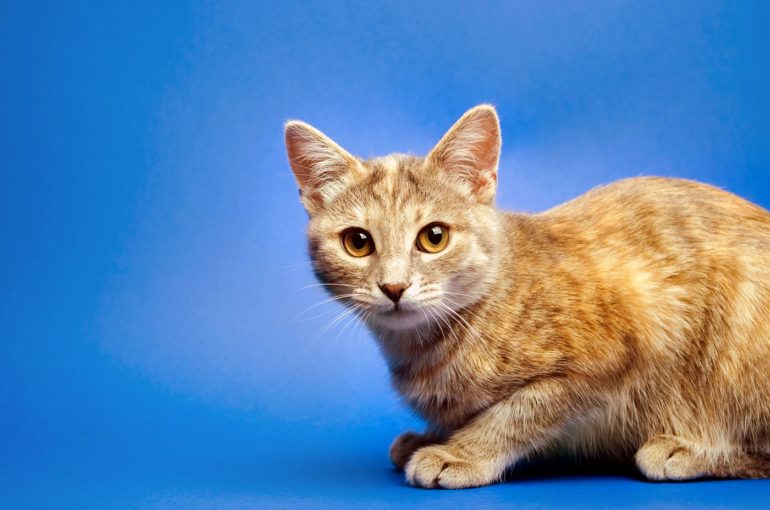How can you keep a carnival goldfish alive?
Despite several fish funerals, every year my kids want to play carnival games where they can win a goldfish. We can never keep the things around for more than a week or two. Please, for my family’s sanity, how can I help my kids keep their carnival goldfish alive?
Don’t make your fishes sleep with the fishes
Summer is almost upon us, and that means hot weather, baseball, kids home from school, and carnivals and fairs.
And with the latter come the games, which your kids will no doubt insist on playing, and they will no doubt insist on playing the one where they can win a live goldfish in a bag/jar/Tupperware container.
Of course, inevitably, within three days of getting your child’s new best friend home, he goes belly up, your child is devastated, and you end up humming “Taps” while you flush Nemo down the toilet.
Ahh, the joys of parenting.
It doesn’t have to be this way, however — and here’s how you can make sure your child’s fishy friend sticks around longer.
The care and feeding of your carnival prize
First, let’s get something out of the way right now. Goldfish (aka Carassius auratus) don’t have to die quickly. Well taken care of, a goldfish can live to be 10 years old — or more. The goldfish’s reputation for a quick death is due almost entirely due to poor care. In fact, this offshoot of the carp family is generally a pretty hardy fish, if you just take some basic steps to keep them happy.
First of all, go easy on the ride home. Avoid bumping, jarring, or otherwise disturbing the container holding your new fishy buddy. Go easy on the brakes, too. The vibrations transmitted to the fish cause stress and can actually cause a breakdown of the immune system, leaving the fish susceptible to disease.
If it’s 11:30pm on a Saturday, and you can’t get to the pet store till the next morning, relax — he’ll be fine overnight in his little bag. But don’t put it off till Wednesday.
Many also make the mistake of plopping their new pet directly from the bag into his new tank. This shocks and stresses the fish further, as the temperature is usually different between the two bodies of water.
Put the fish, still in the bag, into the tank and let the temperature equalize before letting him free. What temperature should the water be? Ideally 68-72F. They’ll survive down to about 50F and up to about 85F, but you wouldn’t like sitting around all day in those extremes, and neither would your fish.
Speaking of water, don’t put them in plain tap water — that is usually chlorinated, and possibly too acidic or alkaline, or too “hard” or “soft.” While you’re at the pet store buying a tank, you can pick up a kit to test your water. If it’s not up to par, there are solutions you can add to bring the water into an acceptable range.

Your fishie’s new home
Let’s talk about tanks. And we said tank. Not bowl, not jar, not vase, not that old milk jug.
Though the goldfish bowl is an icon of American culture, it’s not the best environment for your little aquatic friend. With too small of a volume of water and no provision for filtration, putting your new goldfish in a bowl is essentially like putting him in a coffin. Just don’t do it.
For a single fish, you’re going to want an aquarium capable of holding at least two to five gallons — though some recommend 10 gallons per fish.
Goldfish also tend to produce a lot of waste, particularly ammonia (which is toxic to them), so you’ll need a filtration system. Get an air pump, too. You can generally find kits that have all this stuff already assembled for you.
Also, goldfish are jumpy little guys — consider an aquarium with a cover or a net to keep them from jumping out and becoming an appetizer for the cat.
To keep a carnival goldfish alive
Even with the filter, swap out roughly 10% of the water weekly for fresh water — you don’t need to take him out to do this, just scoop it out and replace.
Speaking of that filter, make sure it’s clean on a weekly basis. Clean the gravel at the bottom of the tank regularly, and every few weeks, put your little guy in a cup or bowl while you dump the water and clean the tank with baking soda, rinsing thoroughly before setting the water up again.
Feed your fish once per day. Don’t overfeed. Goldfish don’t stop eating when they’re full — they stop eating when there’s no more food to eat. A good rule of thumb is to not feed them any more than they can eat in two minutes.
Consider, too, getting a friend for your goldfish — another goldfish. They’re pretty social little guys, and they definitely benefit from having a friend or two. You don’t like sitting around work/home all day, every day by yourself (probably) and neither do goldfish.
Just keep swimming…
Okay, I know this sounds like a lot of work for a fish you won for a buck worth of ping pong balls at a carnival, but think of it this way — if you adopt a cat from the humane society, do you not buy a litter box, scratching post, toys, food, ensure it’s spayed/neutered/has updated shots, and so on? Of course you do.
Well, just because it isn’t a cuddly, furry thing doesn’t make a fish any less of a pet. They still require care and feeding — perhaps just a different kind of care and feeding than you are used to. But after a few weeks, the routine is as easy as scooping out the litter box and brushing your cat.
Most importantly, it prevents tearful toilet funerals. No one wants that.







